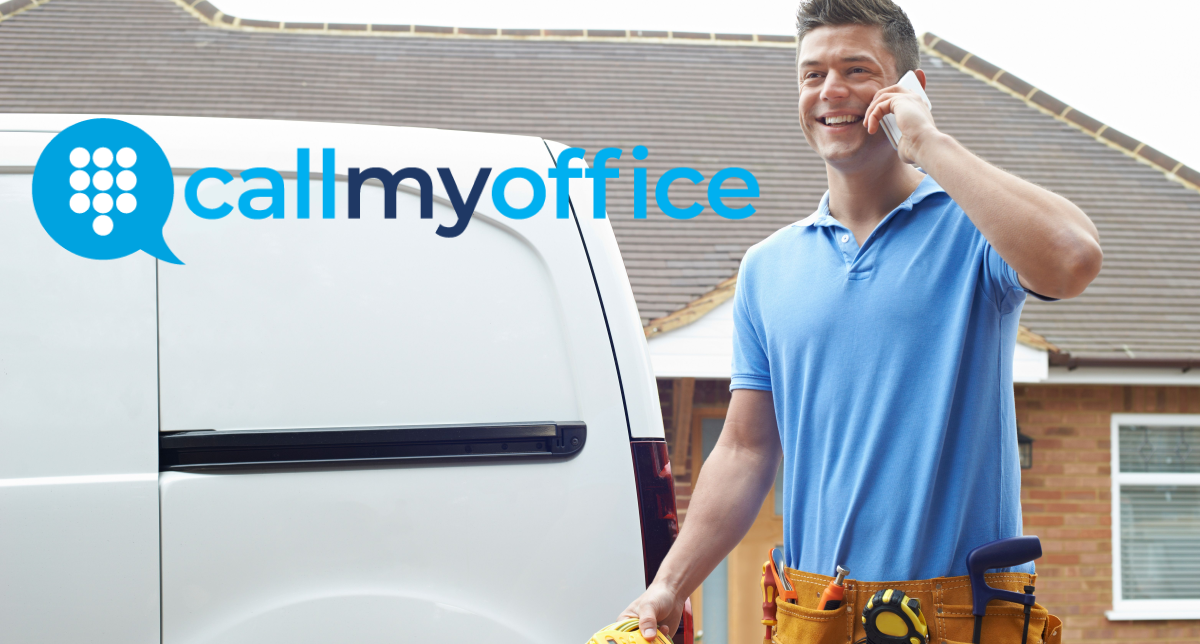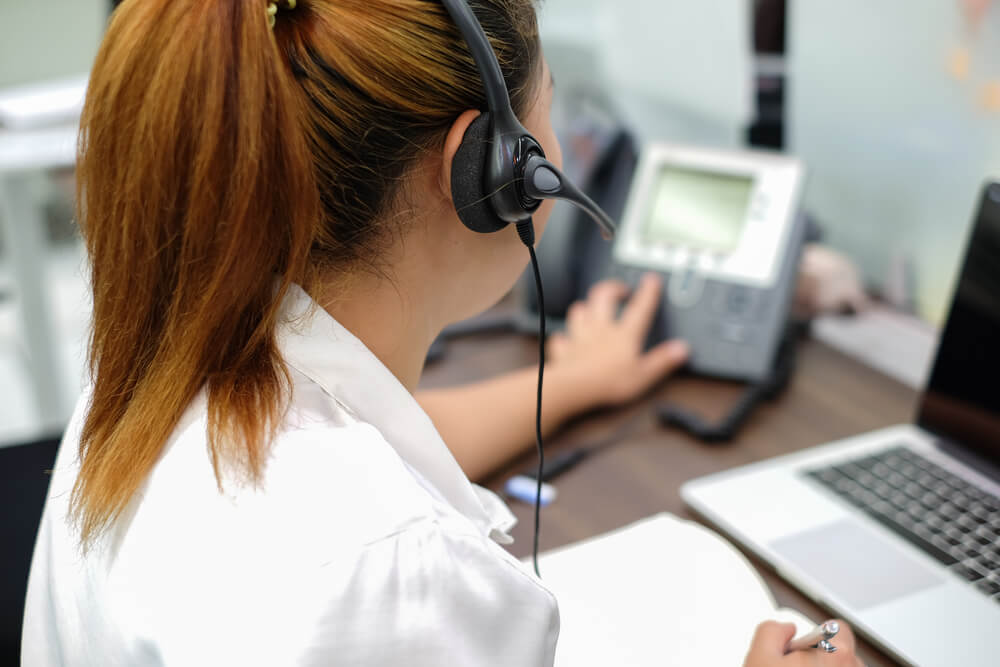All Categories
Featured
Table of Contents
- – Best Top Answering Service In Australia - 2023 ...
- – What Is The Best Live Answering Services - Aus...
- – What Is The Best Call Service: 24/7 Live Phone...
- – What Is The Best A Guide To Using Automated A...
- – What Is The Best Telephone Answering Services...
- – Which Is The Best 10 Signs Your Business Nee...
Best Top Answering Service In Australia - 2023 Reviews
This gadget and its successors were created by Sava Jacobson, an electrical engineer with a private consulting business. While early voice mail utilized magnetic tape technology, most modern-day devices uses strong state memory storage; some devices utilize a combination of both, with a solid-state circuit for the outbound message and a cassette for the incoming messages.
"toll saving" below) (business answering service). This is beneficial if the owner is screening calls and does not wish to speak with all callers. In any case after going, the calling party should be notified about the call having actually been answered (for the most part this starts the charging), either by some remark of the operator, or by some greeting message of the TAD, or resolved to non-human callers (e.
This holds specifically for the Little bits with digitally kept greeting messages or for earlier machines (before the rise of microcassettes) with an unique unlimited loop tape, separate from a second cassette, devoted to recording. There have been answer-only gadgets with no recording capabilities, where the greeting message needed to notify callers of a state of current unattainability, or e (phone answering service).
What Is The Best Live Answering Services - Australia Company?

about availability hours. In tape-recording Littles the welcoming normally includes an invite to leave a message "after the beep". An answering device that uses a microcassette to tape messages On a dual-cassette answerphone, there is an outgoing cassette, which after the defined number of rings plays a pre-recorded message to the caller.

Single-cassette answering machines contain the outbound message at the beginning of the tape and inbound messages on the remaining space. They initially play the announcement, then fast-forward to the next readily available space for recording, then record the caller's message. If there are numerous previous messages, fast-forwarding through them can cause a substantial delay.
This beep is frequently described in the greeting message, requesting that the caller leave a message "after the beep". Little bits with digital storage for the tape-recorded messages do disappoint this delay, obviously. A little bit may provide a remote control facility, whereby the answerphone owner can ring the home number and, by going into a code on the remote telephone's keypad, can listen to recorded messages, or erase them, even when away from home.
What Is The Best Call Service: 24/7 Live Phone Answering Services For Small ... For Me

Thereby the device increases the variety of rings after which it responds to the call (generally by 2, resulting in 4 rings), if no unread messages are currently stored, but answers after the set variety of rings (normally two) if there are unread messages. This permits the owner to find out whether there are messages waiting; if there are none, the owner can hang up the phone on the, e.
Some devices also permit themselves to be from another location activated, if they have been turned off, by calling and letting the phone ring a specific big number of times (generally 10-15). Some service companies abandon calls currently after a smaller sized variety of rings, making remote activation difficult. In the early days of Little bits an unique transmitter for DTMF tones (dual-tone multi-frequency signalling) was regionally required for push-button control, because the formerly employed pulse dialling is not apt to communicate suitable signalling along an active connection, and the dual-tone multi-frequency signalling was carried out step-by-step.
Any inbound call is not identifiable with respect to these properties in advance of going "off hook" by the terminal equipment. So after going off hook the calls need to be changed to suitable gadgets and only the voice-type is immediately available to a human, but maybe, nevertheless should be routed to a TAD (e.
What Is The Best A Guide To Using Automated Answering Systems Company?
What if I informed you that you do not need to actually get your device when addressing a client call? Someone else will. So hassle-free, right? Answering phone calls does not require someone to be on the other end of the line. Effective automated phone systems can do the trick just as effectively as a live representative and often even better.
An automated answering service or interactive voice reaction system is a phone system that interacts with callers without a live person on the line - telephone answering service. When companies utilize this innovation, customers can get the answer to a question about your organization simply by utilizing interactions set up on a pre-programmed call flow.
Although live operators upgrade the customer support experience, numerous calls do not require human interaction. An easy documented message or instructions on how a client can retrieve a piece of information typically fixes a caller's instant requirement - phone answering service. Automated answering services are a simple and effective method to direct incoming calls to the ideal individual.
What Is The Best Telephone Answering Services On The Market Right Now
Notice that when you call a company, either for assistance or product inquiry, the very first thing you will hear is a pre-recorded voice greeting and a series of choices like press 1 for client service, press 2 for queries, and so on. The pre-recorded alternatives branch out to other choices depending on the client's selection.
The phone tree system helps direct callers to the ideal individual or department using the keypad on a smart phone. In some instances, callers can use their voices. It's worth keeping in mind that auto-attendant choices aren't limited to the ten numbers on a phone's keypad. As soon as the caller has actually picked their first choice, you can design a multi-level auto-attendant that uses sub-menus to direct the caller to the right type of help.
The caller does not have to interact with an individual if the auto-attendant phone system can handle their issue. The automatic service can path callers to a staff member if they reach a "dead end" and require support from a live representative. It is pricey to work with an operator or executive assistant.
Which Is The Best 10 Signs Your Business Needs A Telephone Answering Service Company
Automated answering services, on the other hand, are significantly less costly and supply substantial expense savings at an average of $200-$420/month. Even if you do not have dedicated staff to handle call routing and management, an automated answering service improves efficiency by permitting your group to concentrate on their strengths so they can more effectively invest their time on the phone.
A sales lead routed to customer care is a lost shot. If a consumer who has item concerns reaches the incorrect department or gets incomplete answers from well-meaning staff members who are less trained to manage a particular type of concern, it can be a cause of frustration and frustration. An automated answering system can reduce the variety of misrouted calls, consequently helping your workers make much better usage of their phone time while releasing up time in their calendar for other tasks.
With Automated Answering Systems, you can produce a tailored experience for both your staff and your callers. Make a recording of your main greeting, and merely upgrade it routinely to show what is going on in your company. You can create as many departments or menu options as you desire.
Table of Contents
- – Best Top Answering Service In Australia - 2023 ...
- – What Is The Best Live Answering Services - Aus...
- – What Is The Best Call Service: 24/7 Live Phone...
- – What Is The Best A Guide To Using Automated A...
- – What Is The Best Telephone Answering Services...
- – Which Is The Best 10 Signs Your Business Nee...
Latest Posts
Reliable Receptionist Service Near Me
Trusted Virtual Reception Provider with Unmatched Reliability
Expert-Driven Remote Reception Desk
More
Latest Posts
Reliable Receptionist Service Near Me
Trusted Virtual Reception Provider with Unmatched Reliability
Expert-Driven Remote Reception Desk